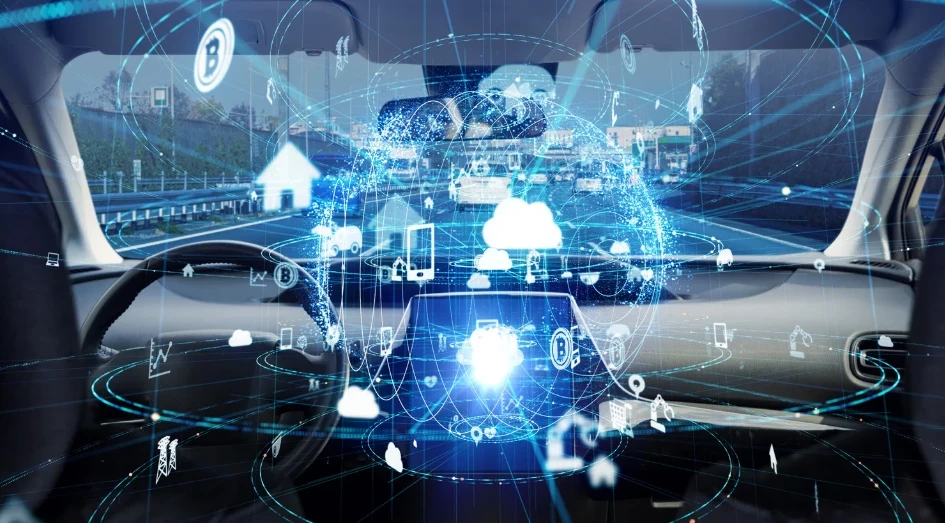Thyssenkrupp Presta AG on the future of electro-mechanical brake systems for autonomous cars
Add bookmarkAutomotive IQ sat down with Mr. Szimandl, Project Leader Brakes at thyssenkrupp Presta AG, and talked about challenges and opportunities of aligning future brake system designs for different automation levels (L3/4/5) across the industry.
Why is it important to talk about interchangeability between steering and braking now?
There are three main megatrends in automotive industry as electrification, digitalization and automatization. The response for this megatrends from TIER1 suppliers was introducing chassis actuators, like steering, braking, drive and suspension, with more flexibility and functionality. Due to the enhanced flexibility and functionality, it is possible to control these chassis actuators in an integrated way to enhance vehicle dynamics and safety and introducing new autonomous driving functions, as well.
In case of Integrated Vehicle Dynamics Control (IVDC) there is a possibility to control the same degree of freedom of the vehicles (e.g. lateral dynamics) with multiple actuators to enhance the vehicle dynamics. E.g. the main actuator for influencing the lateral dynamics is the steering system. Besides the steering system, the brake system can influence the lateral dynamics, as well, if different braking torques applied on left and right wheels of the vehicle. In case of drives, which are capable to apply different torques on left and right wheels, this effect can be utilized as well. This is the so called Torque Vectoring (TV), where the different torques applied on the wheels controls the motion vector, i.e. the speed and direction, of the vehicles. Besides enhancing the vehicle dynamics, the IVDC make it possible to utilize the cross-redundancies between the chassis actuators to decrease the redundancy of the traditional separately controlled actuator systems.
What are the cross-redundancies, that already exist and what opportunities are there in future?
There is a cross-redundancy between braking and electric drive, since both of the two system can decelerate the vehicle and as a side effect it can be possible to recuperate the vehicle kinetic energy during braking with the electric drive.
Besides, there is cross-redundancy between steering, braking, torque vectoring and active suspension regarding control of the lateral dynamics of the vehicles. Depending on the suspension geometry all the chassis actuators have an effect on the lateral dynamics of the vehicle. Hence, there is an opportunity to optimize the suspension kinematic to enhance the cross-redundancy between chassis actuators.
How do steer-by-wire and brake-by-wire influence the opportunity to have cross redundancies?
In case of x-by-wire technology the actuator and the feedback from the actuator to the driver is decoupled. On one hand this allow the IVDC to modify the request from the driver to the chassis actuators to enhance the vehicle dynamics and stability, on the other hand the x-by-wire technology
allow us to reconsider the suspension geometry to find an optimum set up for utilizing more the cross redundancies of the actuators.
What are the biggest challenges of interchangeability between steering and braking nowadays?
Finding a safety approach which allow us to prove the safety of IVDC with cross redundant actuators.
Will the regenerative braking have an impact on steering architectures? And If yes, which?
- I don't see any impact

































